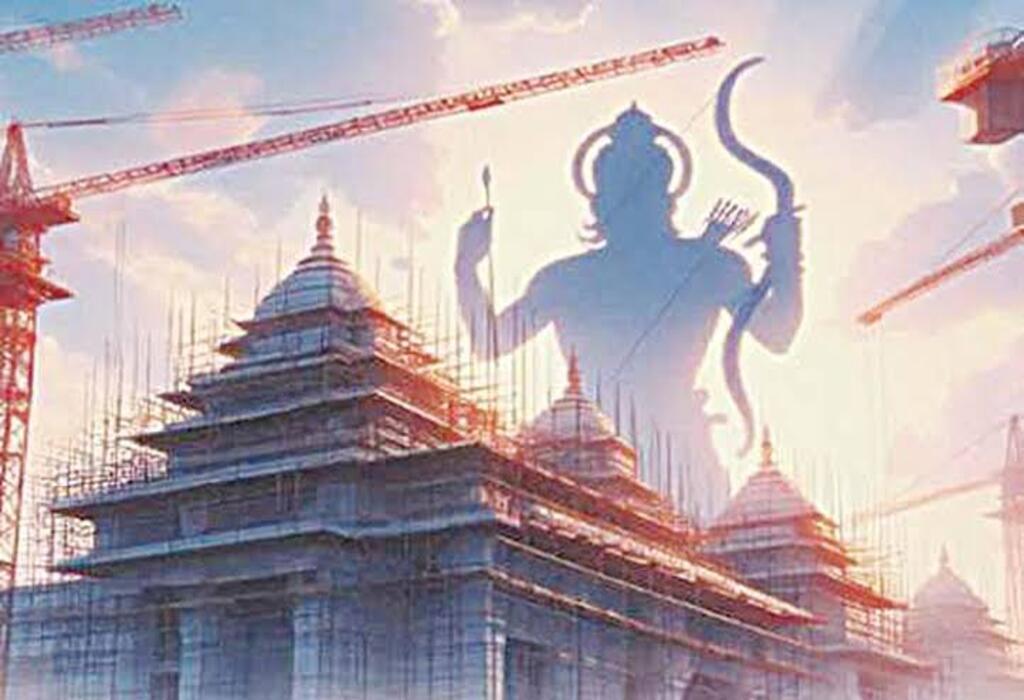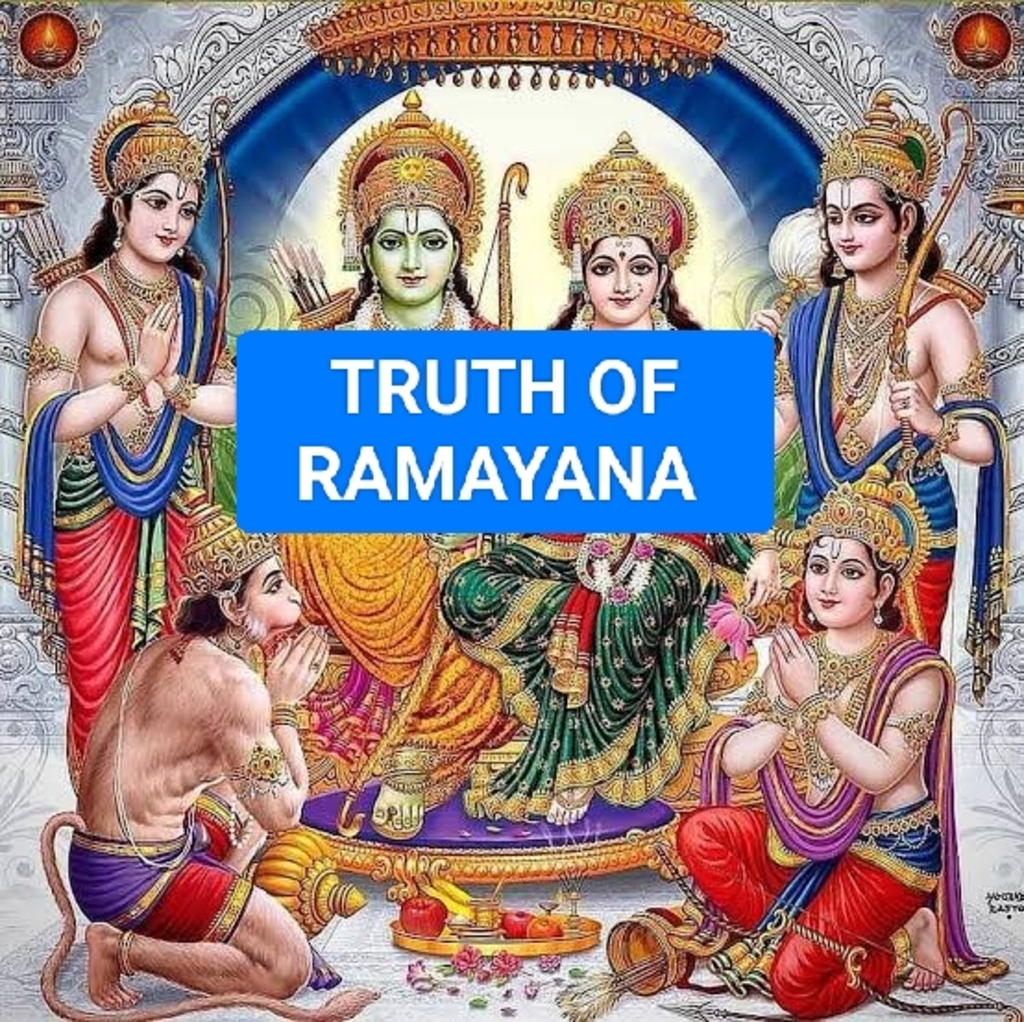Truth of Ramayana
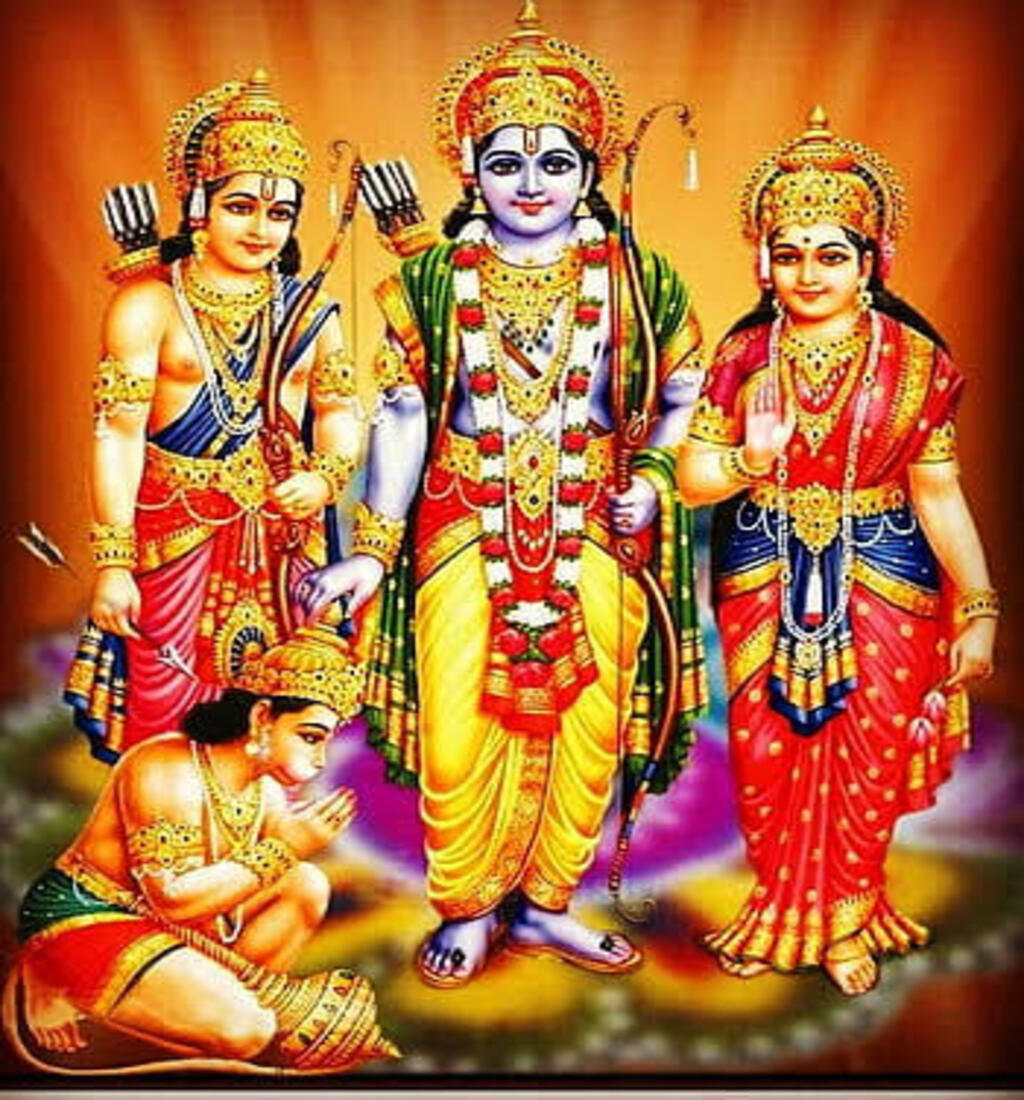
What is the Truth Of Ramayana is a question that has been discussed and debated since decades. Here you will clearly know most of your queries about RAMAYANA.
In this article, we would focus on two things.
First, is the allegation that many people put on Lord Rama.

When Rama returned to Ayodhya, he left his pregnant wife, Sita. Along with this, some people also say that Ram killed a Shudra named Shambuk just because he was meditating. In fact, these are two such things that Dr Ambedkar mentioned in his booklet, RIDDLES OF RAM AND KRISHNA.
2nd, we will also expose some people who spread filth in society using Ram’s name.
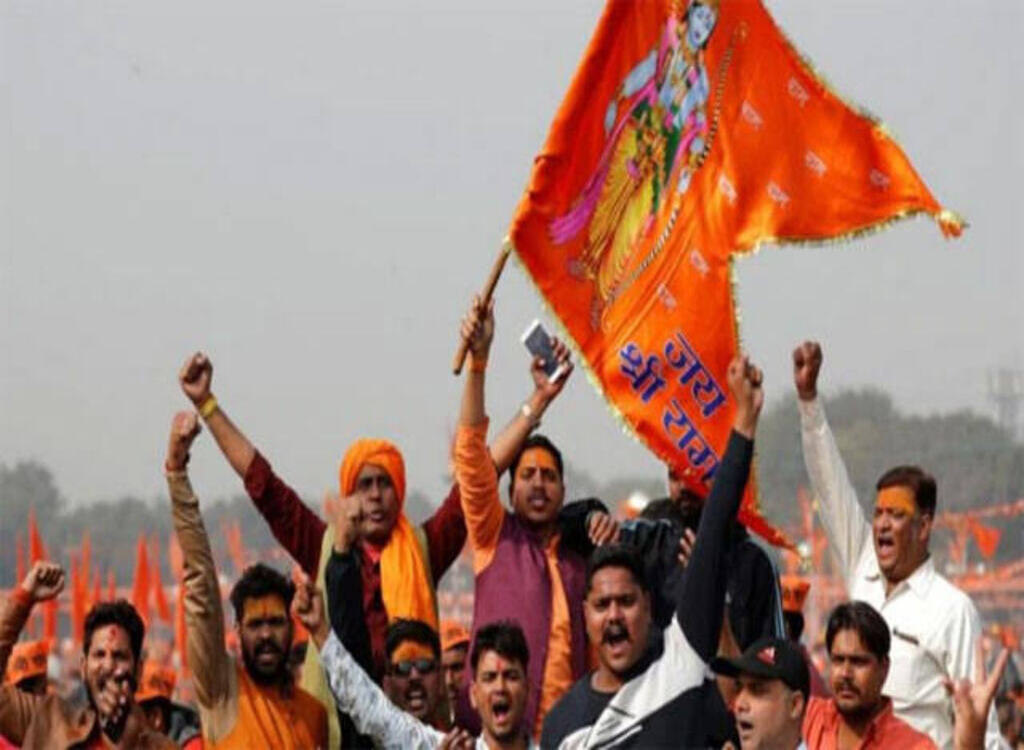
We will understand why it is important to protect Ram from Nathuram.
Come, let’s get to it.
You must have seen this in some old movies and storybooks. When the story ends, it says, “And they lived happily ever after.
What is the Truth OF RAMAYANA
” Look at Chapter 128 of Valmiki’s Ramayana. This is the last Chapter of the sixth section, the Yuddha Kand. In this, our story ends.
Ramayana’s Yuddha Kand
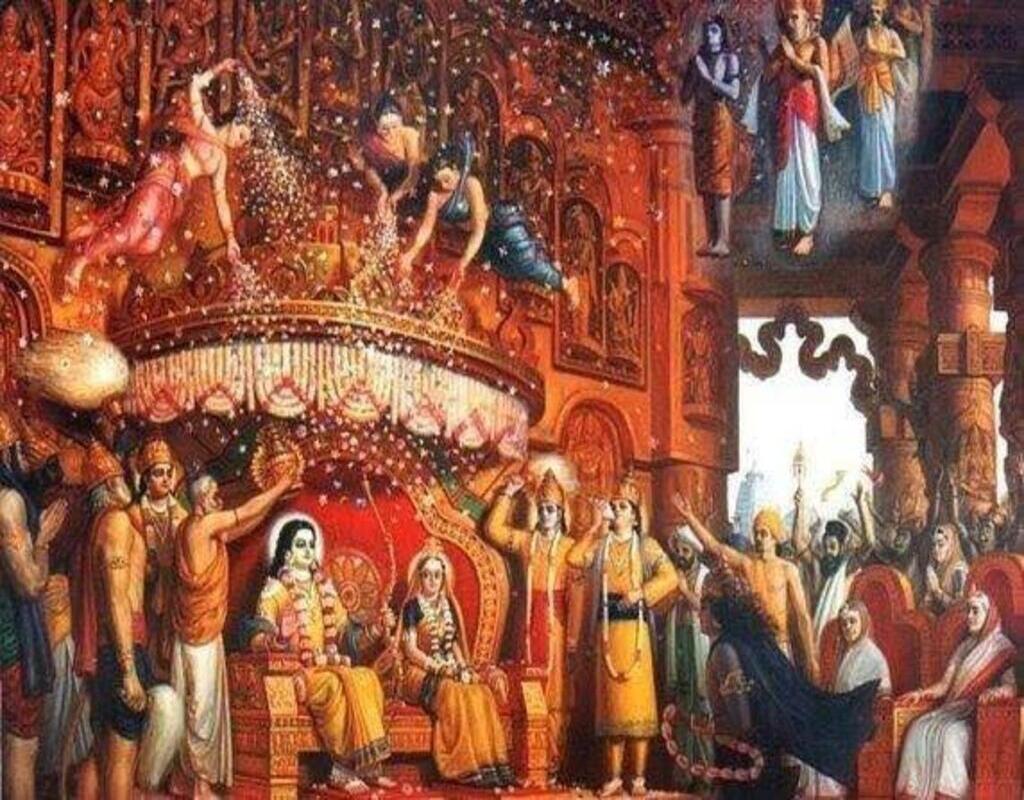
After Lord Rama saved her wife Devi Sita from Ravana.Rama returned to Ayodhya and was crowned the king.
Vibhishan returned to Lanka. Sugreev returned to Kishkindha. Ram asked Lakshman to rule as a Prince Regent. But when Lakshman refused he appointed Bharat. After this, in Shloka 95 to Shloka 106, Ram’s kingdom is described. This is the section which you can consider as the “and they lived happily ever after” section.
Ram carried out the Paundarika, Ashvamedha, Vajapeya, and other rituals, and pleased the Gods. There was no danger from wild animals. There were no diseases. There were no thieves or dacoits. People lived for thousands of years, without any disease or sorrow.
The old people didn’t have to perform the last rites for young people. Trees bore fruits and flowers regularly. Clouds would rain at the right time. The touch of the wind was blissful. Brahmin, Kshatriya, Vaishya and Shudra were doing their own work. They were satisfied with their work, were happy and without greed.
Shloka 106 says,
Sarve Lakshan Sampana, Sarve Dharm Parayana, Dash Varsh Sahetrasani Ram Rajyam Karyat.
It means that everyone had distinct qualities and everyone behaved as per dharma. That is, they behaved ethically. That is why Ram’s reign lasted for 10,000 years. Now, after hearing all this, one thing must have become clear to you this is a happily ever after ending of the story.
Think for yourself, does it make sense for the story to continue after this? If our story was incomplete in any sense, then there was no need to write this ‘happily ever after’ section in such detail.
Allegation on Lord Rama
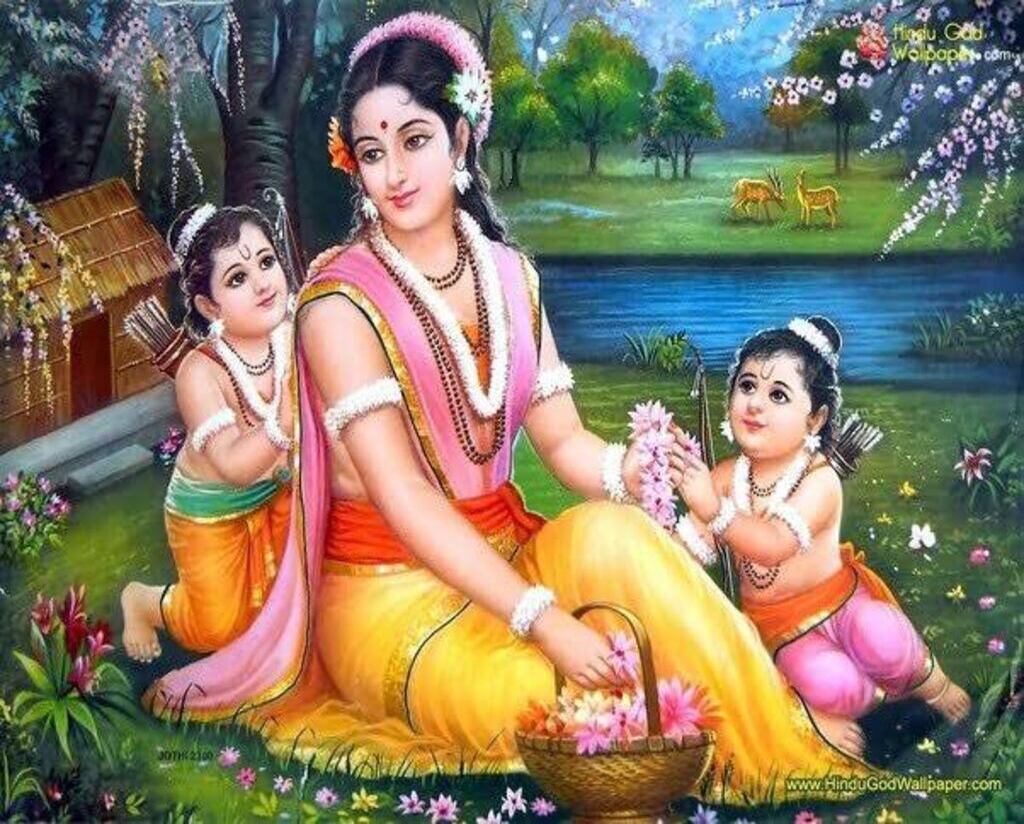
The allegations that are put on Ram here that he left Sita and killed a Shudra, all of that is a part of Uttar Kand. And this Uttar Kand is an addition that was added later to the Ramayana. An addition that forcefully continues this ‘happily ever after’ ending. There is a lot of evidence that the story actually ended there.
After this last ‘happily ever after’ section, only one section remained in Ramayan, which is the section of Phalashruti. This tells you about the benefits of listening to this particular scripture.
The final Shloka is written in 125. “This narration is to be listened invariably by good people, seeking for wisdom, longevity, health, fame, fraternity, intelligence, welfare and brilliance.” This is the ending of the original Valmiki’s Ramayan.
In this same Phalashruti section, there is a verse, Shloka 108, in which it is mentioned that “This foremost lyric… as written at first by Valmiki.” Once again, it is proved that the scripture is complete at this point.
Contradiction against UTTAR KAND | IS UTTAR KAND A PART OF RAMAYANA
Now, it is important to mention here that in Uttar Kand, there are some things that negate the story of Valmiki’s Ramayan, it’s in contradiction. For example, we saw how Ram Rajya has been described. Everyone was happy, people from all sections of society were doing their work and lived for thousands of years without any sorrow.
But Shambuk’s story as written in the Uttar Kand, goes against this description. In this story, a Brahmin’s son dies which causes him immense grief. And after that, Shambuk was killed by Ram.
But Valmiki wrote in the end that no old person had to perform the last rites for their young son. Listen to another example. In this story, Ram sits on the Pushpak Viman and looks for Shambuk. But in Valmiki’s Ramayan’s Chapter 127 of the Yuddha Kand is was written that When Ram returned to Ayodhya, he sent Pushpak Viman back to Kuber. And while we’re talking about Kuber, in Chapter 13 of the Uttar Kand it is written that Ravan and other demons were disrupting the rituals performed by many sages and deities.
Hearing this, Kuber sent a messenger to Ravan. This messenger met Vibhishan first and he took the messenger to Ravan. Ravan then killed that messenger with a sword and demons ate his d3ad body. This part of the story is a prequel to the story of Sita’s abduction.
But in Valmiki Ramayan, when Sita is kidnapped, Ram sent several peace messengers to Ravan. First Angad, then Hanuman. When Hanuman was brought to Ravan, Ravan wondered what to do with Hanuman. He asked Vibhishan for advice. In Sundarkand, Chapter 52, Shloka 15, Vibhishan lists the acceptable punishments for messengers.
Cutting off the limbs, hitting them with whips, shaving the head, making a mark on the body. And he goes on to say that they hadn’t heard about killing a messenger. If you believe the Uttar Kand to be true, had Ravan already killed Kuber’s messenger, why would Vibhishan say this?
So, after seeing all this evidence, one thing becomes clear Uttar Kand is not a part of the original Ramayan. It was added later and the way it negates the original story it should never be considered as a continuation of Ramayan.
WHO WROTE UTTAR KAND
Now you may be wondering who wrote this Uttar Kand and when was it written? Historically, we don’t have any solid evidence but we can guess that it is a story which was added to promote Brahmanical superiority and casteism.
To prove that Brahmins are superior to Shudras. And Sita’s story looks like an obvious attempt to promote patriarchy. That men have power and men control women.
Why UTTAR KAND was Added to Ramayana
It seems that some casteist and sexist people in the society, added this continuation to Ramayana to use it for their agenda back then.
And if we talk about the agenda, there are still some people who use the name of Ram to promote wrong things in society, to promote bad habits. To use the slogans of Jai Shri Ram while bullying, and abusing women.
Those people are afraid of if people start learning good things from religion, then the religious polarity they are trying to create won’t work.
Is The Story of Other Religion Like Ramayana Real
Even though Prophet Muhammad and Jesus Christ are historical figures, but the stories of miracles that are attached to them, are not historical. Neither scientists nor historians believe them to be true.
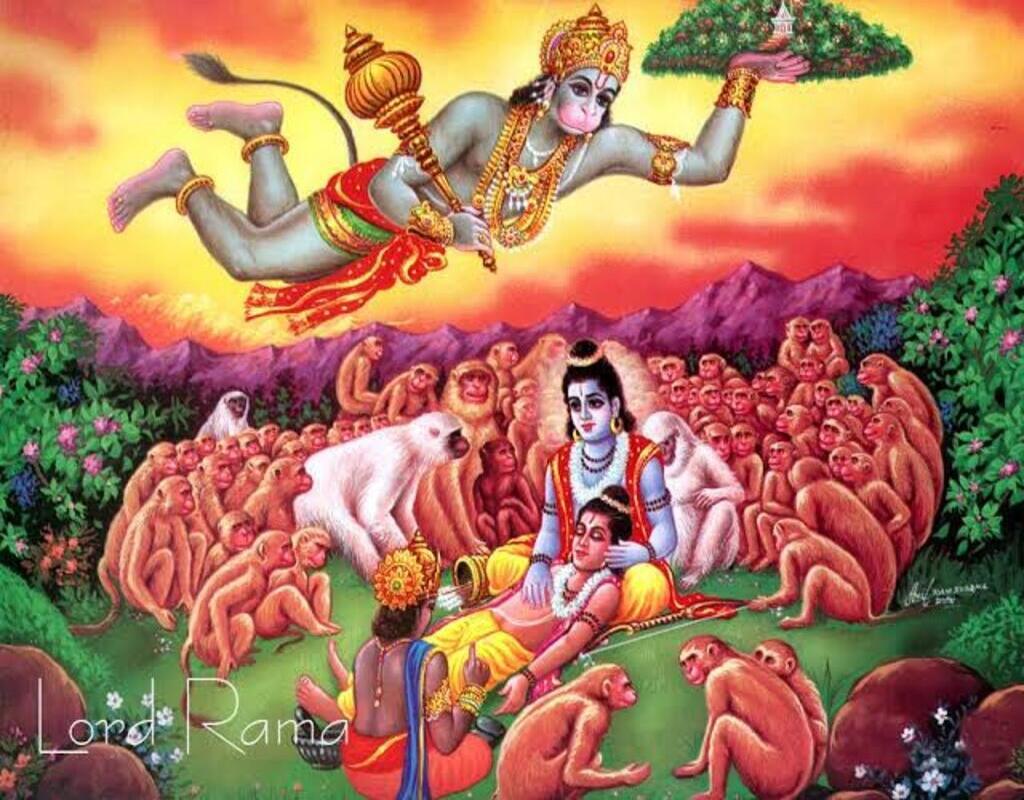
Whether it is the story of Jesus Christ, about how he turned water into wine. Or the story of Prophet Muhammad, how he split the moon into two parts with his sword. Or the story of Lord Hanuman, how he swallowed the sun. All these are mythological stories. They have no place in science and history. Many scholars believe that these stories are metaphorical.
Like we often say, “I am in heaven.” I am very happy, I am in a state of bliss. To split the moon, maybe like breaking centuries-old traditions. Or to swallow the sun, maybe like controlling fire. To establish control over your senses.
Think for yourself, “from where does all the energy on Earth come from? So what does it mean to swallow the sun? The biggest natural thing that you can see, Lord Hanuman went and won it. Meaning, he won over nature. It doesn’t mean that he ate it as a fruit.” There are messages hidden in all religious scriptures.
What is the Real Problem about Religion
But do you know what the problem is? People are not concerned about the message. People are just stuck on their egos. They just want to prove that their religion is the best. Some people are even ready to kill and hurt others to prove it. But they ignore the message.
If you put your ego aside, you will realise that it doesn’t matter if Ram was a divine avatar, a human or just a literary character. Lord Ram is great because of his qualities. And that’s why, whether a person is a Hindu, a Muslim, a Sikh, a Christian, a Buddhist, a Jain, a Parsi, a Jew or even an atheist, Ram is for everyone.
You must have heard the saying, Ram’s name is greater than Ram. While using Ram’s name, recall his qualities. What values did he promote? If you apply those values in your life, your life will be transformed. Ram is a great model of masculinity. Being fit and strong, but while being humble and compassionate. And culturally too, we can follow Hindu rituals.
How Do Many people Use Rama’s Name
For many people, Ram’s name is mentioned so many times in Haryanvi culture that it is easy to remember all these things. Whenever we meet, “Ram Ram, tau!” [Ram Ram, brother] Whenever we leave, we say, “Jai Ram ji ki!” [Victory to Lord Ram] The expression for being amazed, “Hey Ram!” [Oh, Ram!] The expression for being sad, “Hey mere Ram, ke karu?” [Oh my Ram, what should I do?] When we sneeze, “Chhatrapati Ram ji.” [Lord Ram] When it rains, “Ram ji baras gaye.” [Lord Ram is raining] When there is confusion, “Ram jane ke hoya ke na.” [Ram knows what will happen] When we have to swear, “Ram ki soon.” [I swear by Ram]
How is Rama’s name Misused
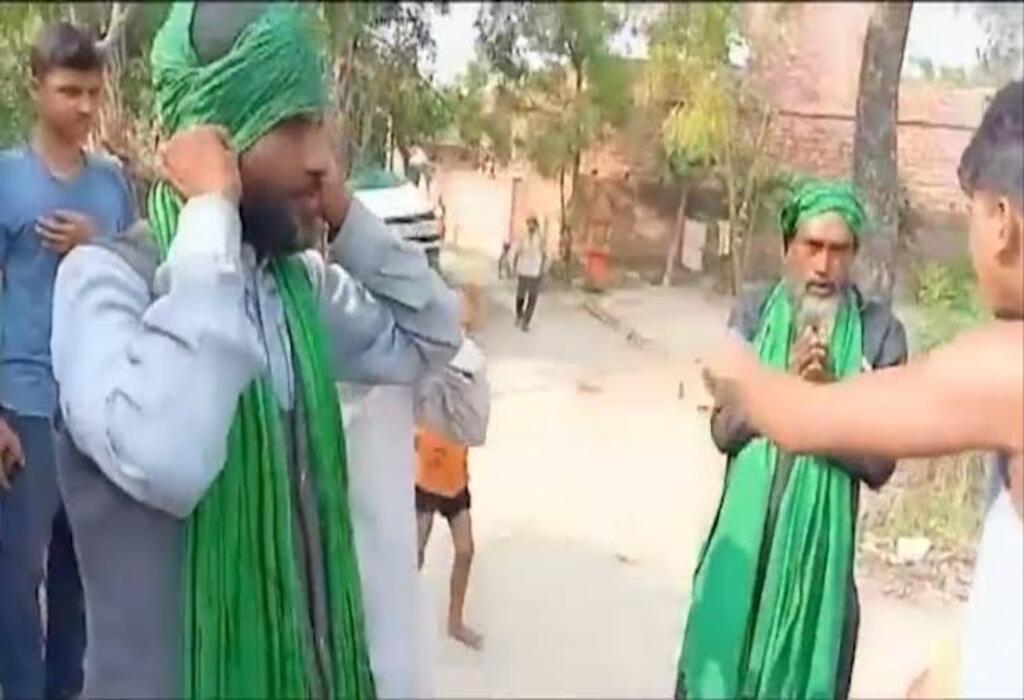
Today, we might have seen that Ram’s name is in danger. Ram’s name is being dragged through the mud. You would have heard the saying, Talking about Ram, following Nathuram. “To live in India, You have to say ‘Jai Shri Ram’!” This has become a fact today. Mahatma Gandhi was a great Ram devotee. But today, the followers of Nathuram Godse are trying to hijack Ram.
How Are Many People Being Forced to Say Rama’s Name
We see reports of how some degenerates of society force others to say “Jai Shri Ram.” News from Madhya Pradesh, Uttar Pradesh’s Bulandshahr, Kanpur, Unnao, Ghaziabad, Rajasthan’s Alwar, Delhi, Assam, Jharkhand, Gujarat, Haryana, Himachal, Bihar, Hyderabad, Telangana,
This type of news comes in from every corner of the country. People are killed, burnt alive, snatched in the name of Ram.
If you show such news to these people, they will talk about Muslims who use very Notorious slogans. Do you support the slogans of full of immortality?
No, because no normal person supports such slogans. But the mindset of these people is that if a Muslim person does wrong, then we will do it too. If someone else is jumping into a well, they would want to jump in too.
Whom ( MUSLIM) they Should Follow
If their purpose is to copy Muslims then they can copy great Muslims like Dr APJ Abdul Kalam, Dr. Salim Ali, the Birdman of India or Mohammad Rafi.
But no, they want to copy Muslim extremists only. Islamic terrorist Osama Bin Laden, Hafiz Saeed, who brought shame to Islam. Now these degenerates dressed in saffron, are ruining the name of Ram similarly. Allahu Akbar means God is great. It’s a good reminder.
But while attacking, Islamic terrorists have used this chant so many times all over the world.
The call to prayer, Azaan, starts with Allahu Akbar. Which gives you a feeling of peace from the inside.
But the extremists use this slogan like a war cry during terrorist attacks. Similarly, Jai Shri Ram, is a slogan that should bring peace to your heart. But now, what do we see? a violent mob of people, carrying swords and weapons in their hands, and chanting Jai Shri Ram.
We Hindus go to temples to pray, but these people and their weapons reach mosques during Hindu festivals. They use the name of Lord Ram to raise slogans of genocide. They often write on social media, Dharmo Rakshati Rakshit.
They say that they are doing this to protect their religion. Dharma Rakshati Rakshit. Religion protects those who protect it. They say that they are protecting the religion. But do you know where this quote has been taken from. From Manusmriti.
What is the definition of Dharma in Manusmriti?
It is like this. There are 10 characteristics of Dharma. Patience, forgiveness, restraint, not stealing, cleanliness, controlling of senses, increasing intelligence, gaining knowledge, practising truth and remaining calm.
But do these people follow any of these characteristics? No one is doing it. They use social media to insult and degrade others.
In Mahabharata, it is written again and again, Ahimsa Parmodharam, non-violence is the utmost duty. In Ramcharitmanas, Tulsidas says, Parhitsaris Dharm Nahi Bhai, Parh Pida Sam Nahi Adhmai.
There’s nothing more important than helping others.
There’s nothing worse than harming others.
Valmiki Ramayana, Ayodhya Kand Chapter 14, Shloka 3, those who have knowledge of Dharma, say that Truth is the ultimate Dharma. Dharma means to do your moral duty, to fulfil your duties. But today, some people use Dharma, to honour rapists, get the Mahapanchayat to support the lynching accused, create apps to auction women. We must challenge these degenerates.
Click Here To Know How Ram Mandir will Bring Cross of Business
